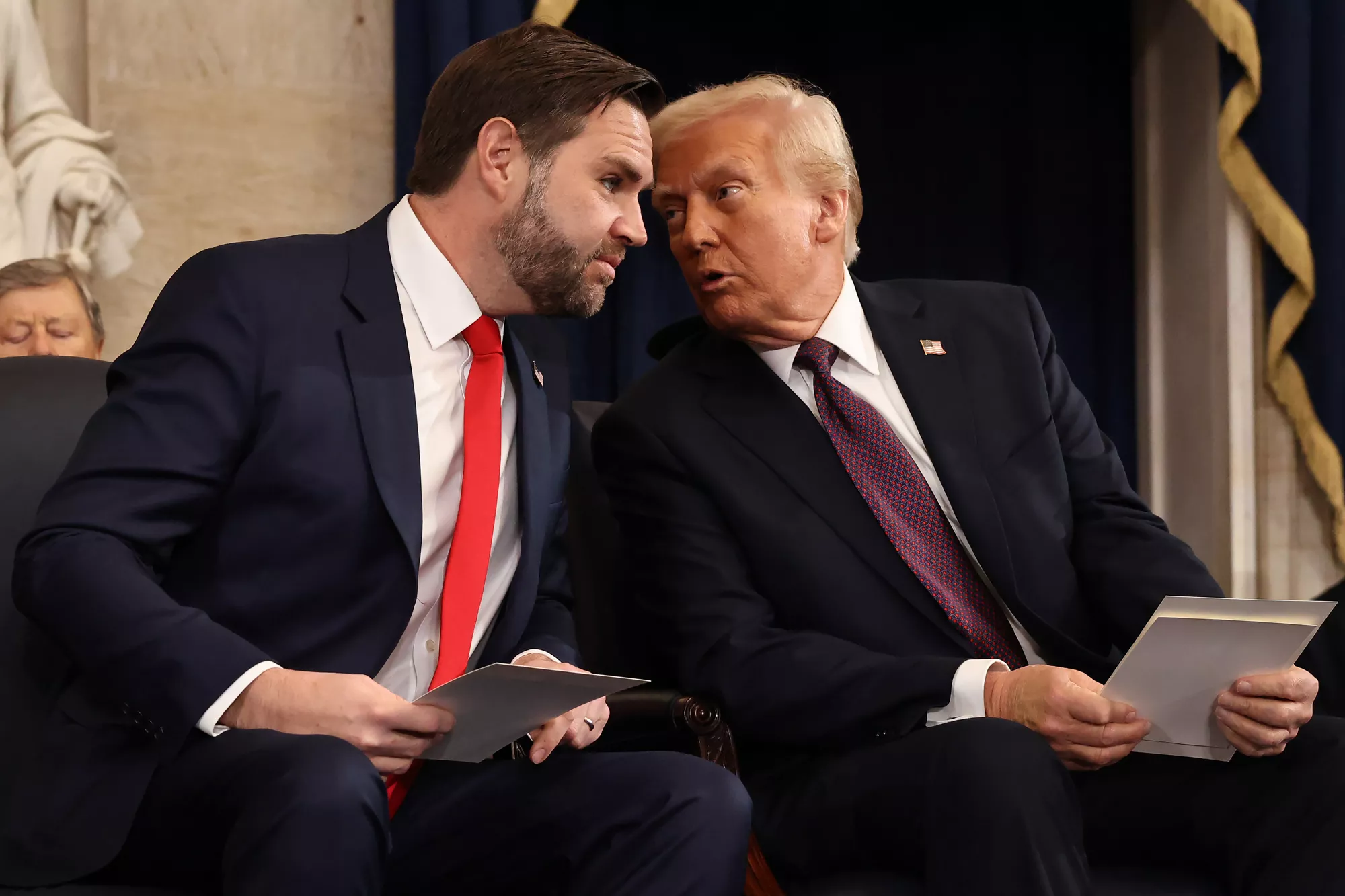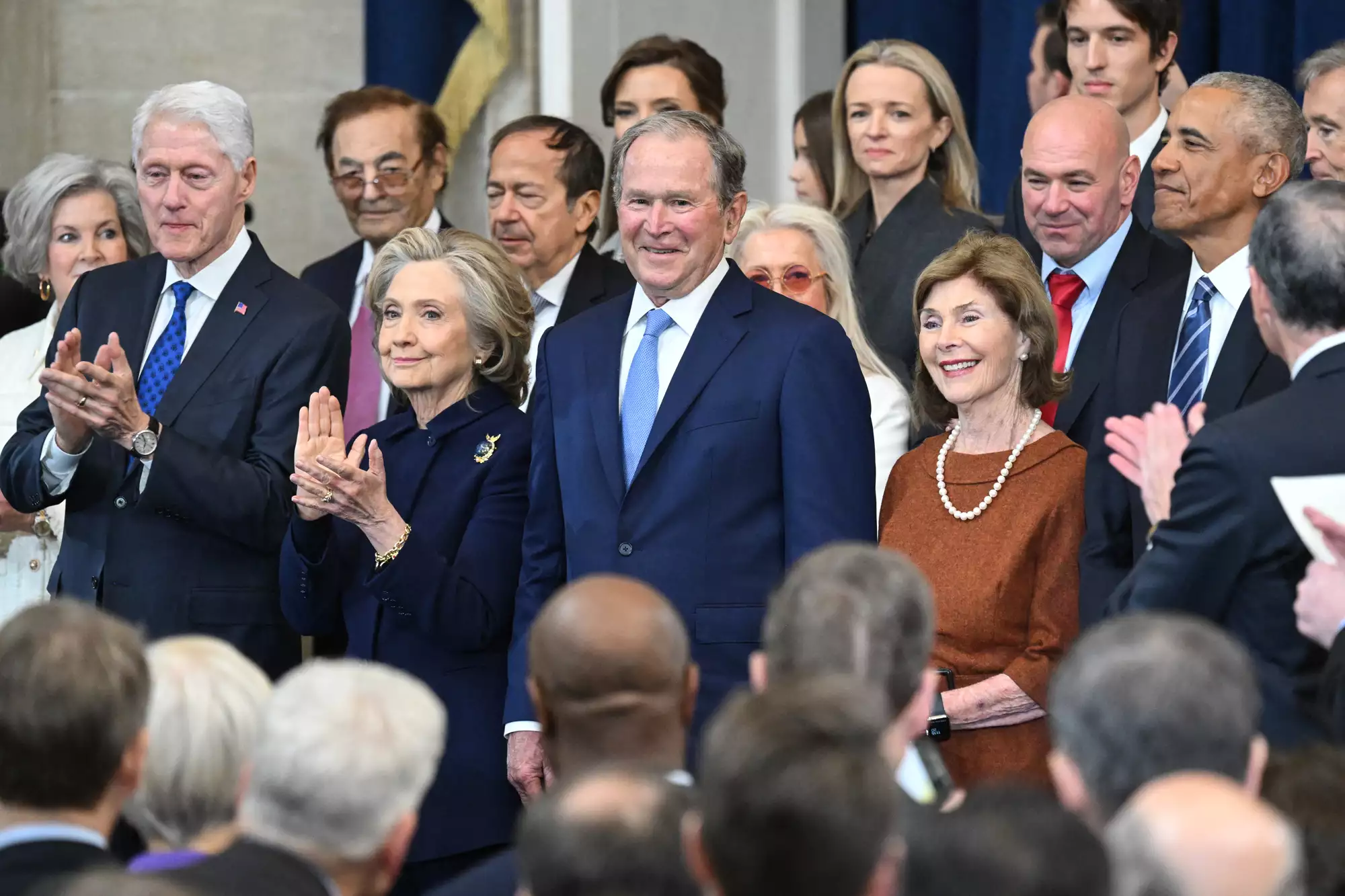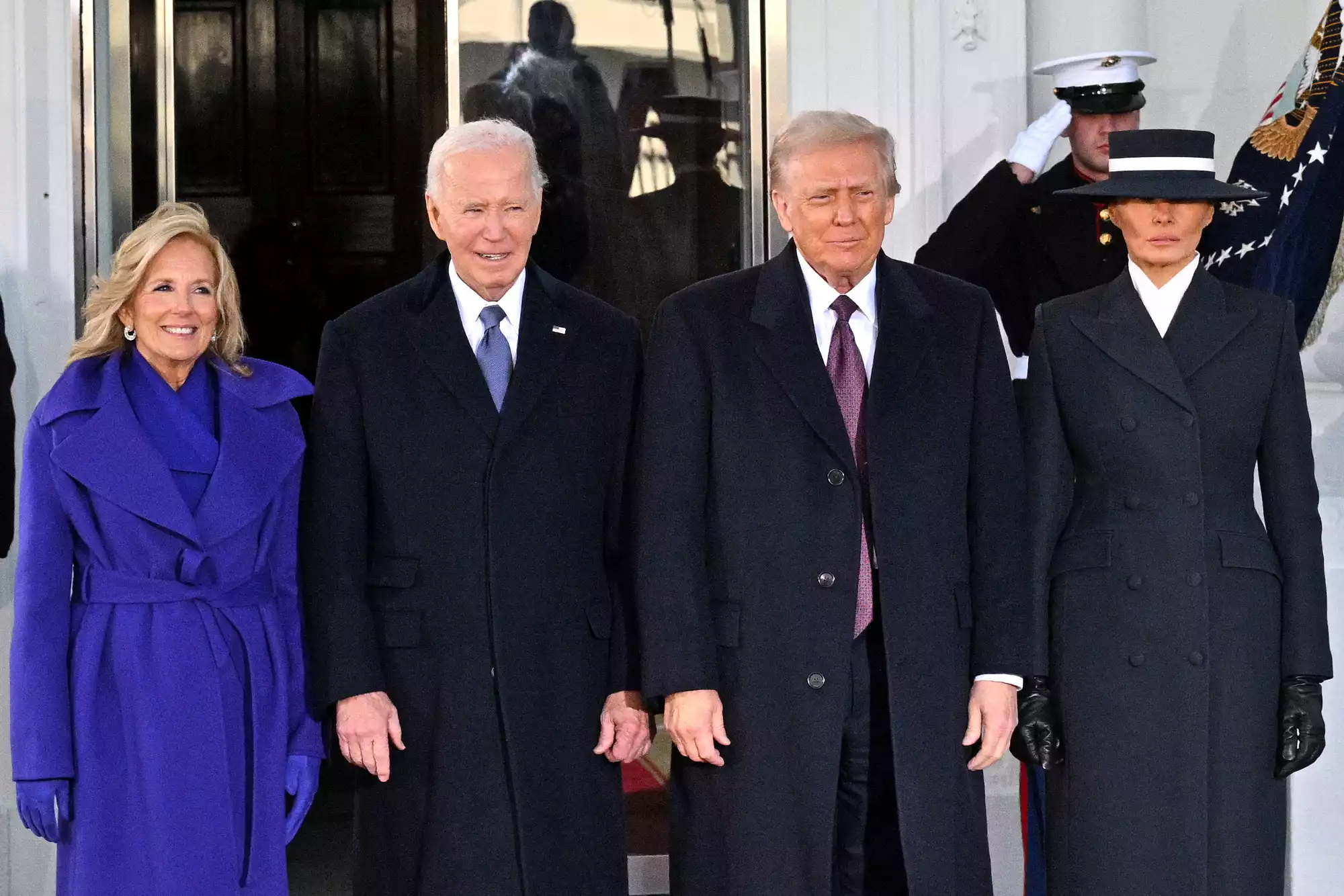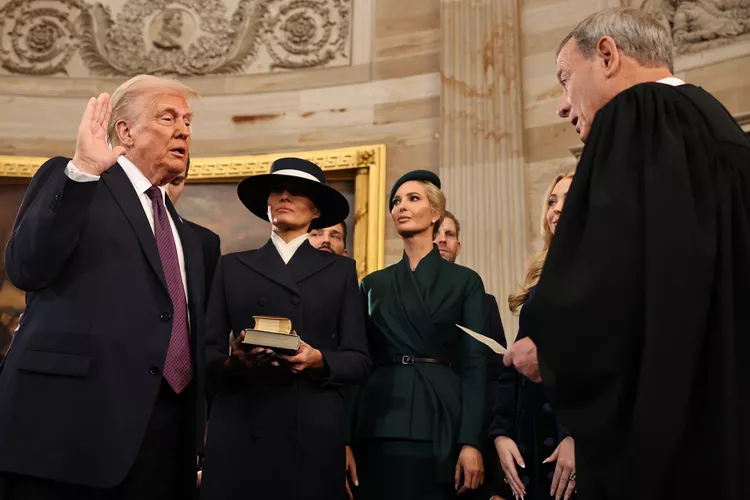Introduction
On January 20, 2025, Donald J. Trump was sworn in as the 47th President of the United States, commencing his second non-consecutive term. The inauguration, held indoors at the U.S. Capitol Rotunda due to inclement weather, set the stage for immediate and substantial policy changes. This analysis examines the key events and executive actions undertaken on Inauguration Day, assessing their potential impact on the nation's trajectory.people.com
Inauguration Ceremony
The inauguration ceremony was marked by traditional protocols adapted to the day's circumstances. Chief Justice John Roberts administered the oath of office to President Trump, while Associate Justice Brett Kavanaugh swore in Vice President JD Vance. The indoor setting did not diminish the ceremony's significance, as attendees included former presidents, dignitaries, and members of Congress. en.wikipedia.orgen.wikipedia.org+1youtube.com+1
Executive Actions: A Swift Policy Pivot
Immediately following the ceremony, President Trump signed several executive orders signaling a decisive shift in federal policy.
1. Reevaluating U.S. Foreign Aid
One of the most consequential orders was "Reevaluating and Realigning United States Foreign Aid," which mandated a 90-day pause on all U.S. foreign development assistance programs pending a comprehensive review. This abrupt suspension affected numerous global initiatives, including healthcare services in refugee camps and infrastructure projects in developing countries. The order exempted emergency food assistance and military aid to Egypt and Israel but left many humanitarian programs in uncertainty. en.wikipedia.org+1ft.com+1ft.com+1en.wikipedia.org+1
2. Redefining Federal Gender Policies
The executive order titled "Defending Women From Gender Ideology Extremism and Restoring Biological Truth to the Federal Government" redefined 'sex' strictly based on biological characteristics. This redefinition impacted policies across federal agencies, affecting areas such as gender identity recognition and protections for transgender individuals. Critics argue that this move undermines civil rights advancements and marginalizes transgender communities. apnews.com+2en.wikipedia.org+2dlapiper.com+2apnews.com
3. Energy Policy Overhaul
Declaring a national energy emergency, President Trump signed orders to boost fossil fuel production, including halting previous climate policies, ending the federal mandate on electric vehicles, and lifting the pause on liquefied natural gas (LNG) terminal permits. These actions aim to promote energy independence but have raised environmental concerns regarding increased greenhouse gas emissions. houstonchronicle.com
4. Border Security Enhancements
In line with his longstanding focus on border security, President Trump authorized the deployment of U.S. troops to the southern border and directed the completion of the border wall. Additionally, specific international cartels and criminal organizations were designated as terrorist groups, expanding the tools available for law enforcement to combat transnational crime. reuters.com
5. Rescission of Diversity Programs
The administration moved to eliminate federal diversity, equity, and inclusion (DEI) programs, asserting a return to merit-based policies. This action has sparked debate over the commitment to addressing systemic inequalities within federal institutions and the broader society. reuters.com+2apnews.com+2callaborlaw.com+2
Conclusion
President Trump's actions on January 20, 2025, reflect a robust agenda aimed at restructuring both domestic and foreign policies. The immediate implementation of these executive orders underscores a commitment to fulfilling campaign promises but also invites scrutiny regarding their broader implications. As these policies unfold, informed citizens must critically assess their impact on the nation's values, international standing, and the well-being of its diverse populace.



